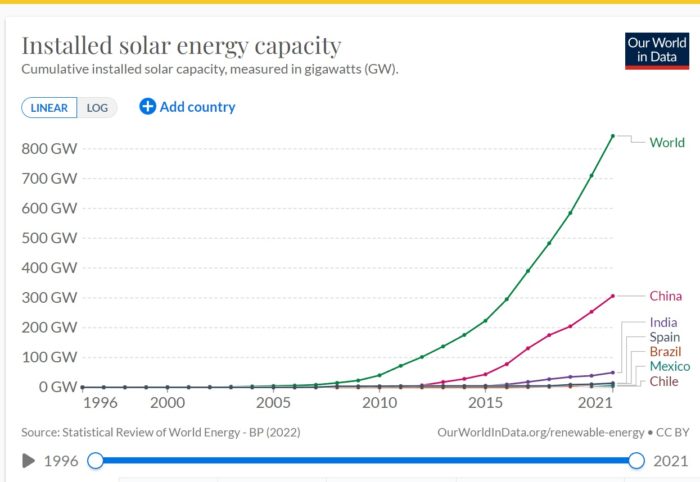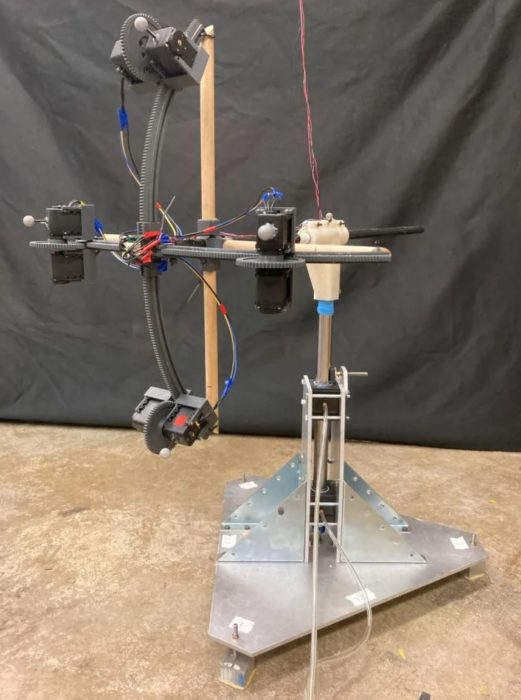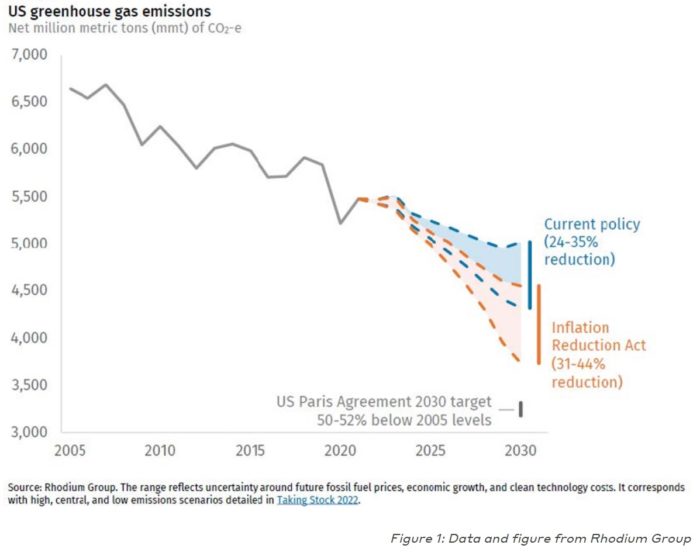Aug 30 2022
Microbots To Clean Teeth
 In my upcoming book, which I will now shamelessly plug – The Skeptics Guide to the Future (release date Sept 27th, but you can pre-order now) my co-authors and I spend a lot of time extrapolating cutting edge technology into the near and medium-term future. What are the technologies that are on the cusp of disrupting current technology and changing our lives? One of them is the technology to build ever-smaller and more capable machines – the technology of the very small. We can dream of having mature nanotechnology, robots at the nanoscale that can manipulate matter at the molecular level, but this is likely still centuries in the future. Between now and then there is a lot of territory, however.
In my upcoming book, which I will now shamelessly plug – The Skeptics Guide to the Future (release date Sept 27th, but you can pre-order now) my co-authors and I spend a lot of time extrapolating cutting edge technology into the near and medium-term future. What are the technologies that are on the cusp of disrupting current technology and changing our lives? One of them is the technology to build ever-smaller and more capable machines – the technology of the very small. We can dream of having mature nanotechnology, robots at the nanoscale that can manipulate matter at the molecular level, but this is likely still centuries in the future. Between now and then there is a lot of territory, however.
In the meantime we can imagine what the most likely early applications will be. What is the low-hanging fruit? For medical purposes there are some likely early applications, even for robots that are not quite at the nanoscale, perhaps at the micro or even centimeter scale. Tiny robots can be useful as surgical aids. They can be injected through the skin (no incision necessary) where they can make precise interventions, such as removing tumors or suturing blood vessels. This could take microsurgery (which is already a thing) to the next level.
When such robots can be more autonomous or easy to control remotely, another possible early application is to have them crawl along the inside of the large and even medium-sized blood vessels, clearing up plaque and removing clots. Or they can move along the inside of the intestines, removing polyps and scanning for cancers. In recent decades we have been transitioning from having to open up major body cavities in order to do surgery, to being able to do the same procedures through small holes using cameras and specially designed instruments. This has made many surgeries significantly less invasive, with dramatically reduced trauma and recovery time. Micro surgical robots have the potential to take this to the next level over the coming decades.

 The big science and technology news today is
The big science and technology news today is 
 It is estimated that we would need
It is estimated that we would need How people make decisions has been an intense area of study from multiple angles, including various disciplines within psychology and economics.
How people make decisions has been an intense area of study from multiple angles, including various disciplines within psychology and economics.  I have to be honest, I don’t believe it. Whenever research seems to show a phenomenon that defies the known laws of physics, that is my initial reaction. It’s a good default approach, and so far it has proven correct. I didn’t believe it when researchers claimed they found
I have to be honest, I don’t believe it. Whenever research seems to show a phenomenon that defies the known laws of physics, that is my initial reaction. It’s a good default approach, and so far it has proven correct. I didn’t believe it when researchers claimed they found  The US is about to pass into law the first real action on climate change in decades. Obviously there is a lot of politics involved, and I don’t want to get sucked into that, but rather I want to discuss the strategy of this approach to mitigating climate change.
The US is about to pass into law the first real action on climate change in decades. Obviously there is a lot of politics involved, and I don’t want to get sucked into that, but rather I want to discuss the strategy of this approach to mitigating climate change.  One of the many unintended consequences of social media is what is popularly referred to as FOMO – fear of missing out. People see all the wonderful things people are doing and buying in their social media profiles, and fear that they are missing out on the good life, or the latest trend, or perhaps some investment opportunity. This is the social media equivalent of “keeping up with the Joneses”. FOMO results from a basic human psychological tendency, to determine our own happiness by comparing ourselves to some relative standard, whether that’s our neighbors, our social group, or what we see on TV or on people’s Facebook pages.
One of the many unintended consequences of social media is what is popularly referred to as FOMO – fear of missing out. People see all the wonderful things people are doing and buying in their social media profiles, and fear that they are missing out on the good life, or the latest trend, or perhaps some investment opportunity. This is the social media equivalent of “keeping up with the Joneses”. FOMO results from a basic human psychological tendency, to determine our own happiness by comparing ourselves to some relative standard, whether that’s our neighbors, our social group, or what we see on TV or on people’s Facebook pages. Political neuroscientists are trying to answer a basic question – what is the relationship between political ideology and brain function? Actually this is a horrifically complex question, but we are making some incremental progress,
Political neuroscientists are trying to answer a basic question – what is the relationship between political ideology and brain function? Actually this is a horrifically complex question, but we are making some incremental progress, 




